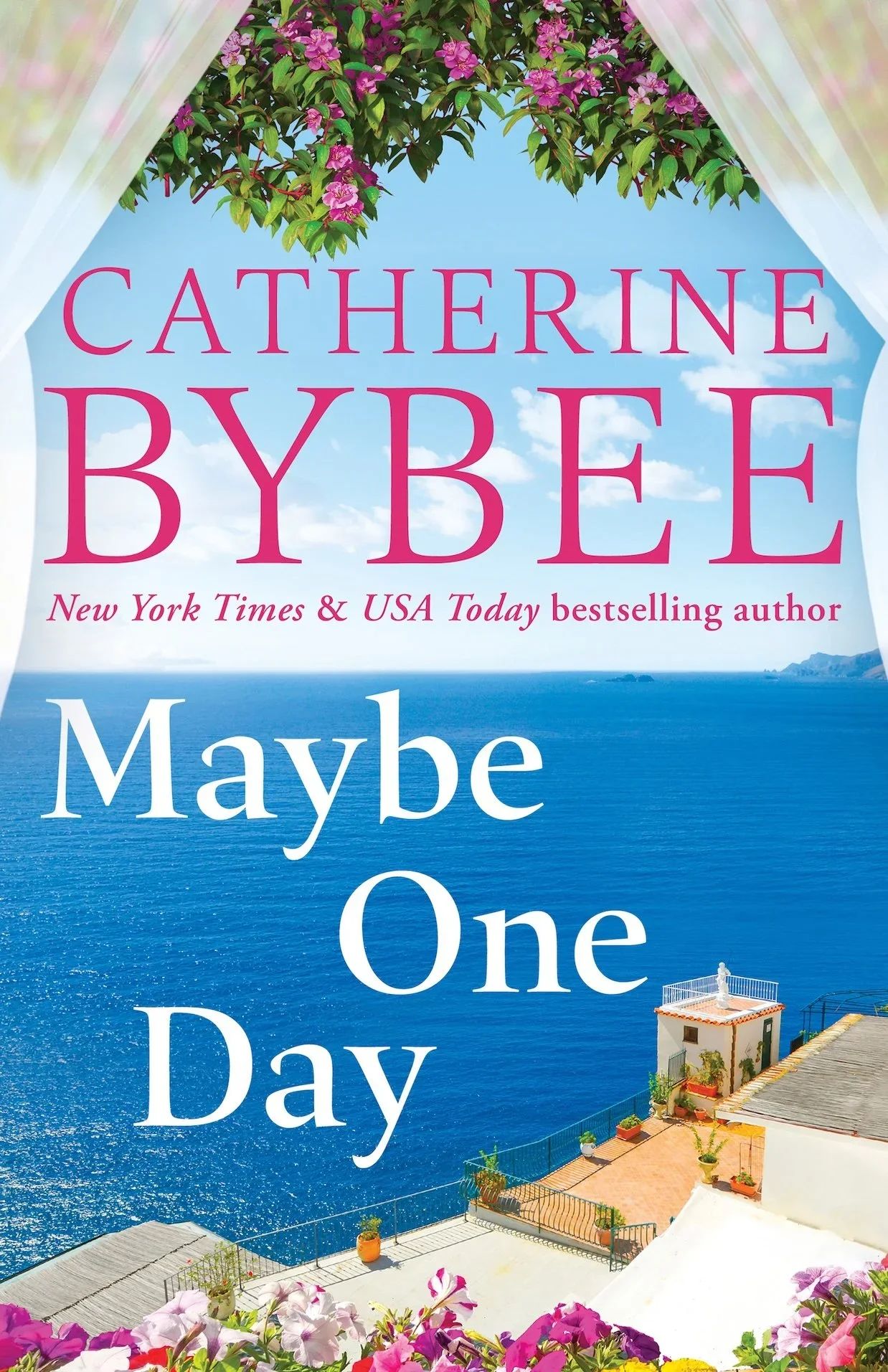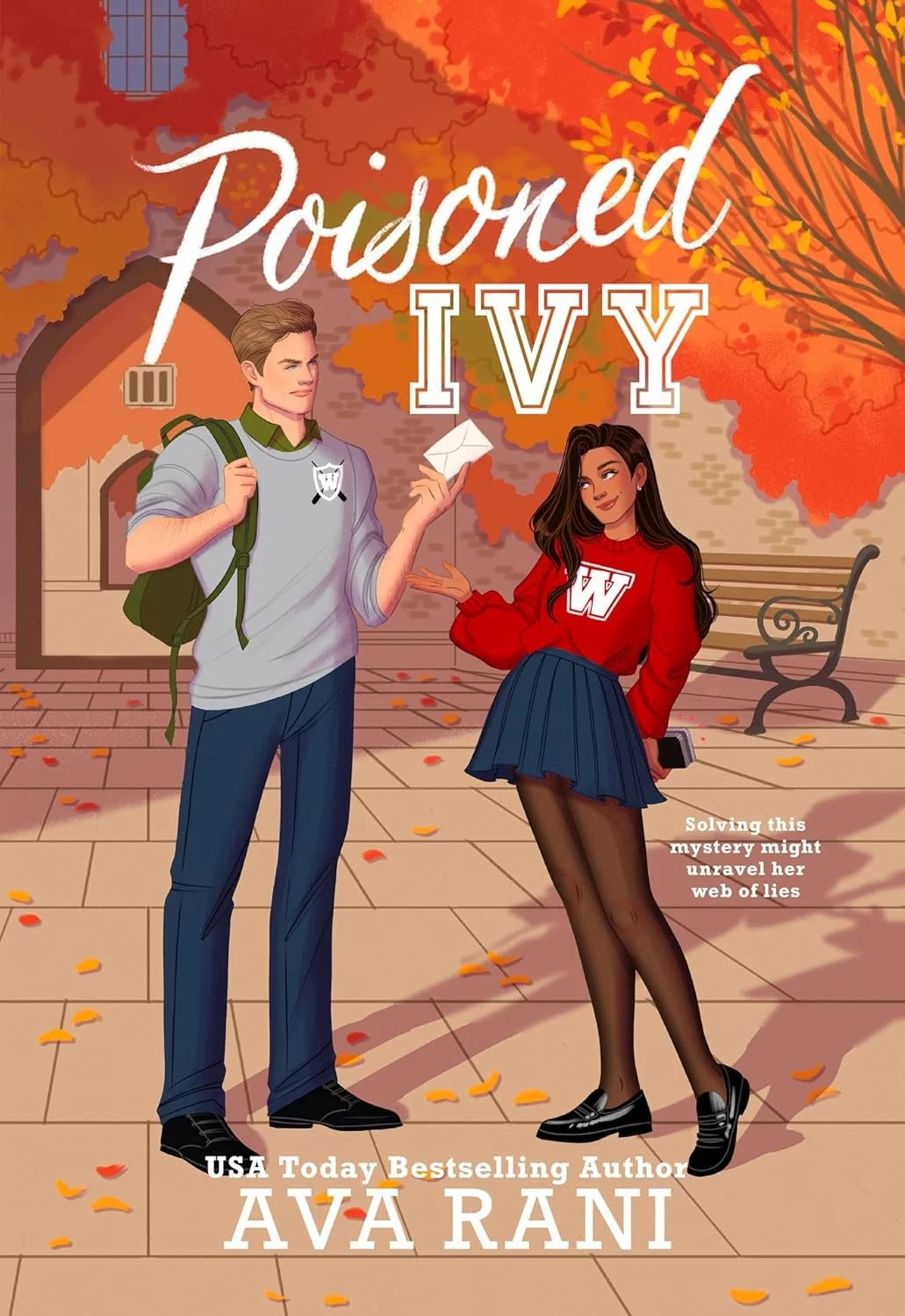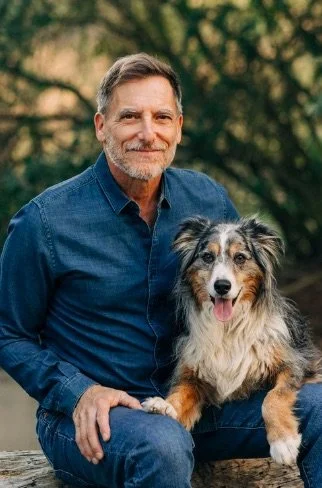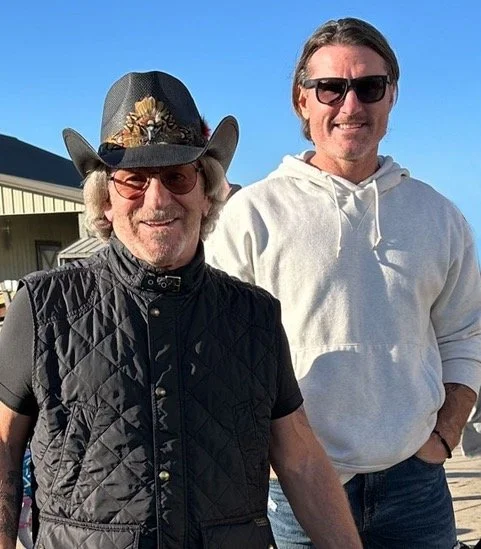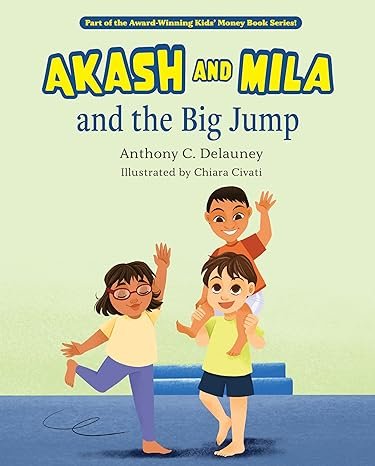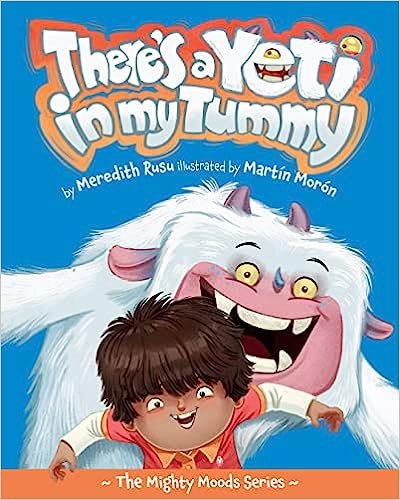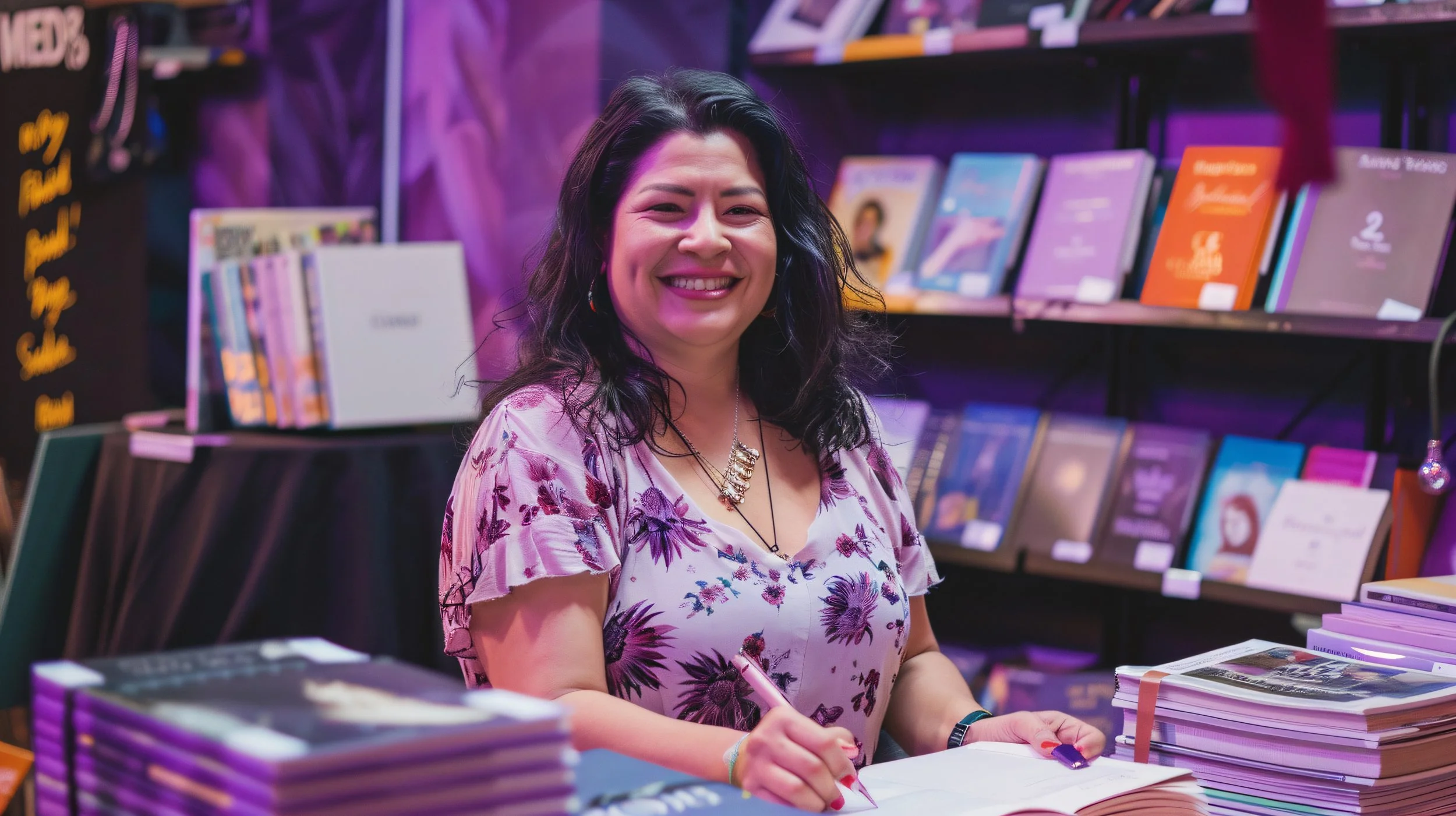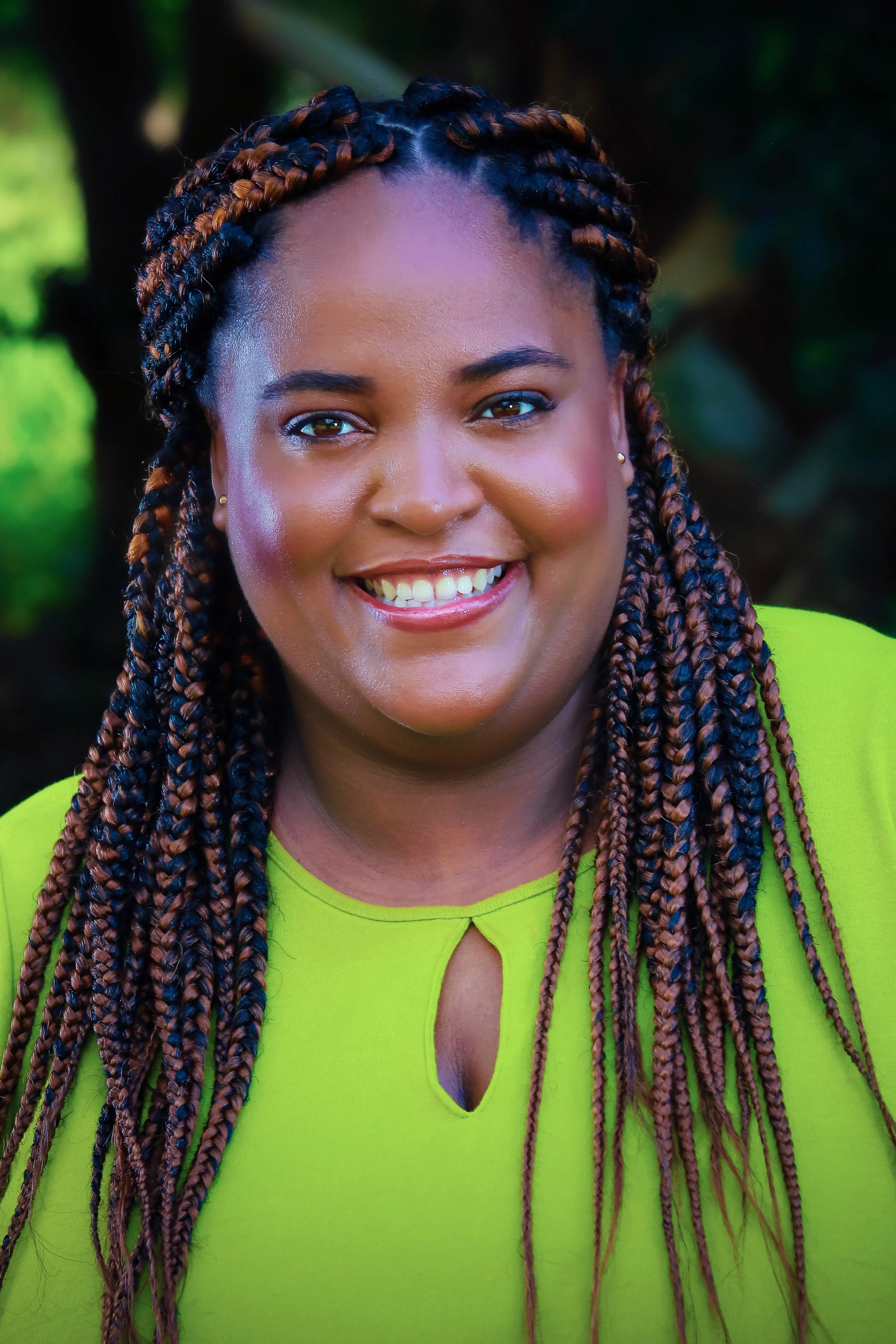On Malot, the Birth of Anka, and Paper Houses By Carola Perla
/When I was eight years old, I came across a children’s book from 1922 titled “Nobody’s Girl”. The author was French writer Hector Malot and the story followed the arduous foot journey of impoverished young Perrine across the Pyrennes. She sets out from Spain in a photographer’s caravan with her mother. Tragically, however, her mother dies on their way to Paris, where they had hoped to find long-lost family. Suddenly left alone in the world, Perrine’s plight becomes one of incredible strength and self-reliance as she endures hunger, homelessness, and the predatory dangers of society in her search for acceptance and a new home.
Had I only read this book as an adult, I would certainly have been touched (and if anyone is so inclined, the book is available in ebook format for free on the Project Gutenberg website). As a girl of eight, I was definitively in love. Tales of girls traveling alone and fending for themselves fascinated me to no end at that age, and Perrine was the best of them, indomitable and lion-hearted.
Mind you, stories of girls as the hero were not nearly as common when I was young as they are today. I did not have bold and fearless female characters like Katniss Everdeen to look up to. Although to be honest, she might not have been my cup of tea anyway - I never connected to “Lord of the Flies”-style distopian violence. What I did connect with were the plights of the wanderer, the separation from home, the loneliness, the elemental simplicity of it all.
Perhaps it’s because I had spent my earliest years in rainforests and on desert-area poultry farms, where nature seeped under your skin and into your bones. Or perhaps because as a schoolgirl I moved to Munich, a city which felt forever strange and foreign, where I was the perpetual interloper and each friendship only cursory. Either way, throughout my childhood, I dreamed of running away from it all like a vagabond.
In fact, I planned these hypothetical flights in detail. I deliberated how to survive without money. How to live in a house constructed out of newspaper. How to subsist on roadside berries and cherry trees. Perrine had plaited espadrilles from river reeds, so I too spent hours roaming our semi-rural neighborhood, looking for bits of straw and twigs that might serve a practical purpose.
For those of who have read “Gibbin House”, you will note that Anka engages in similar plans as a little girl in Romania. The fantasy of flight has all the romance that real exile and displacement rarely affords. In the end, just as Anka does, I did not run away but stayed firmly planted in the comfort of my parent’s watchful eye, warm bed, and uncontested access to cola and pretzel mix.
I did not know then that I would soon be uprooted again, to a new country across the Atlantic, to a world in which I would not understand what anyone was saying, and where my colorful past in rainforests and arid plains would seem evermore distant and fading, even sometimes illusory, as though it was a fairytale I had only imagined.
And eventhough I began with the coming years building a wonderful new life for myself, which has since gifted me opportunities beyond my wildest expectations, the little girl lingered in some recess of my psyche for a long time. I was still her, a Perrine figure, a wayward child, a solitary wanderer trying to belong somewhere by erecting castles out of paper and sticks.
It is precicely this feeling of homelessness and being lost which helped me discover my beloved protagonist Anka. By injecting her with all my childhood fear, stubborness, intrepidness, and aspired-to strength of will, I gave life to my ultimate itinerate heroine. And in exchange, in the process of this purge, she turned me into a grown woman who no longer identifies with Perrine, but would happily invite her into my kitchen to cook her a warm meal.
Carola Perla was born in 1977 in Timisoara, Romania, to parents of Peruvian and German-Romanian heritage. She spent her early childhood in Lima and Munich, before moving with her family to the United States.
She holds degrees in German Literature and Art History from Florida State University. Since 2001 she has been a resident of Miami Beach, where she co-founded an international public relations firm and worked as a freelance journalist. Her recent projects include the launch of the Atelier 1022 Art Gallery in Wynwood. Gibbin House is her first novel.
During the Second World War, a Hampstead villa named Gibbin House was a refuge for artists and intellectuals fleeing the continent. But nearly five years later, this former beacon of hope has become a prison for the four men who remain exiled there. The mysterious arrival from Vienna of Anka Pietraru - a young woman unable to voice the unbearable secret of a mother's sacrifice - will test the men's perceptions of love and loss. And as Anka unearths old grievances within Gibbin House, its residents will be forced to decide if they have the strength to begin living again or if it is simply too late.



